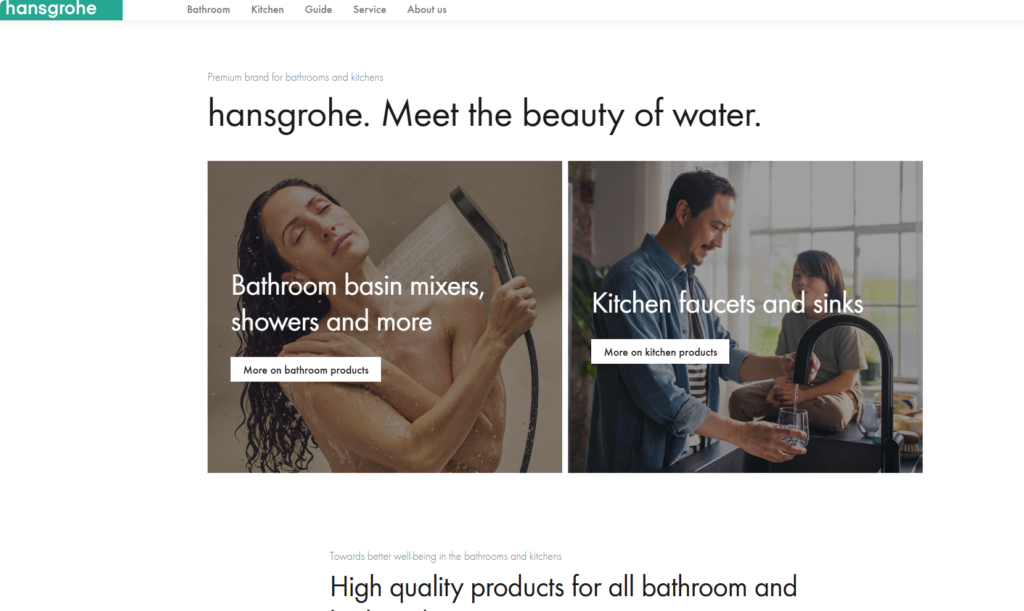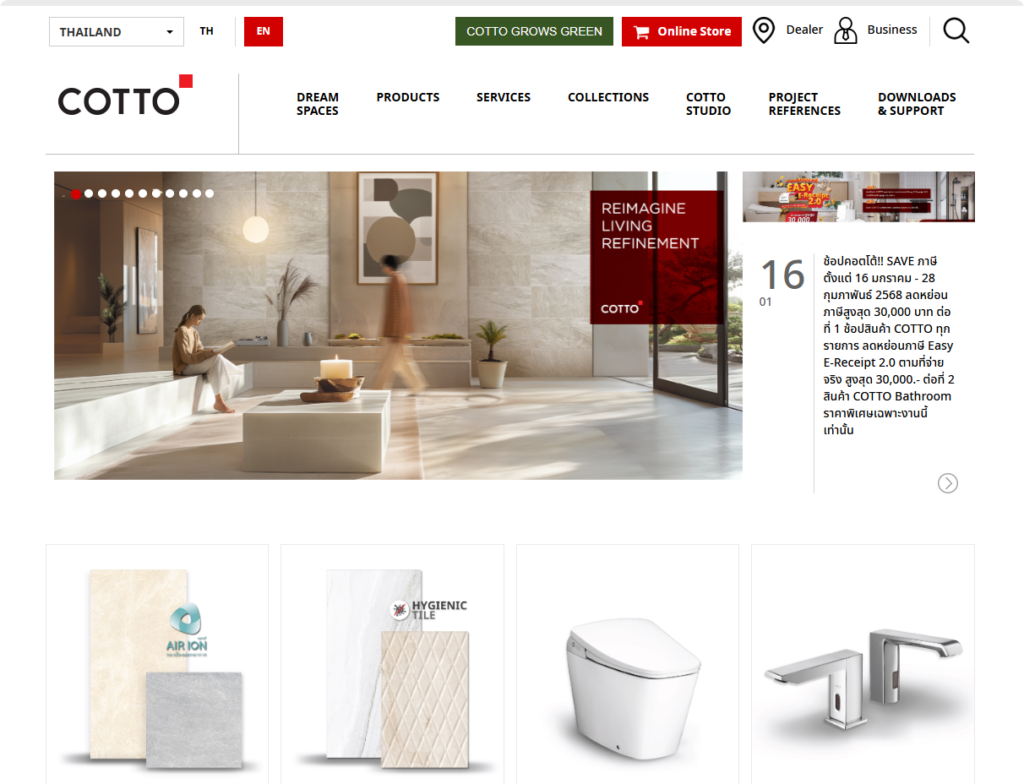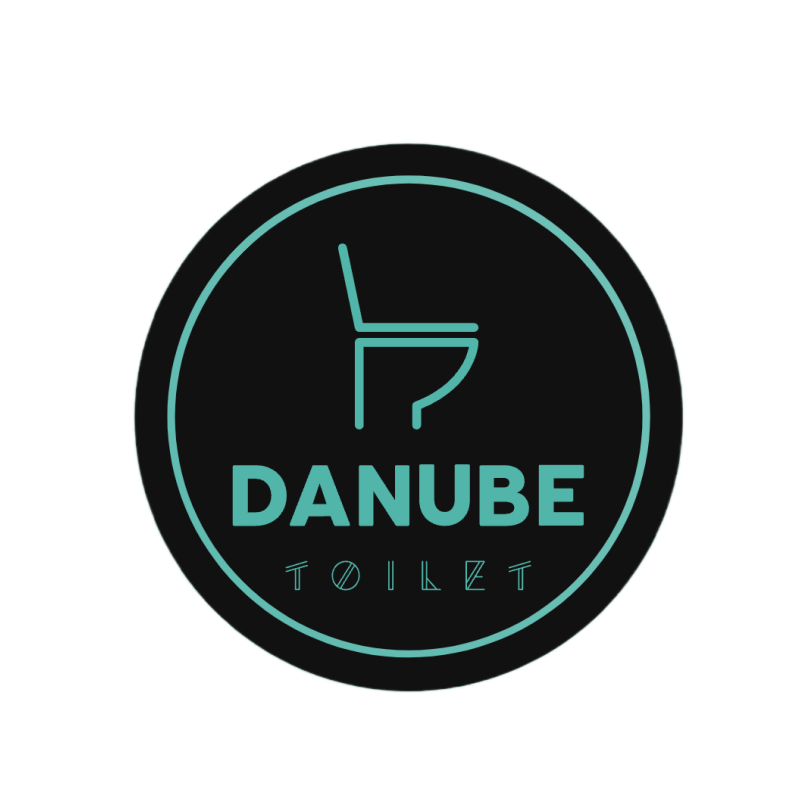As sustainability becomes a more pressing global issue, industries around the world are adapting to the needs of environmentally conscious consumers. The bathroom products industry in Southeast Asia is no exception, with increasing demand for eco-friendly and sustainable solutions in the design and manufacturing of bathroom fixtures. From ceramic toilets to smart mirrors, consumers are seeking products that are both functional and environmentally responsible.
In this article, we will explore the growing demand for sustainable bathroom products in Southeast Asia, highlighting key market trends, challenges, and opportunities. We will also delve into the leading local brands, their unique approaches to sustainability, and how the region’s preferences are shaping the future of bathroom product innovation.
The Growing Demand for Sustainable Bathroom Products in Southeast Asia
The Southeast Asian market, home to diverse cultures and economies, is increasingly adopting sustainable practices across various sectors. Bathroom products, which often require significant water and energy consumption, have become a focal point for those seeking to reduce their ecological footprint.
Key Drivers of the Shift Toward Sustainability
- Government Regulations and Incentives
Many Southeast Asian countries are introducing stricter environmental regulations and offering incentives to companies that prioritize sustainable practices. For example, in Singapore, the Building and Construction Authority (BCA) has implemented the Green Mark Certification, which encourages the use of environmentally friendly products in construction and renovation projects.

- Consumer Awareness
With greater access to information, consumers in Southeast Asia are becoming more aware of environmental issues. There is a growing desire to purchase products that help reduce water and energy usage, leading to an increased demand for sustainable bathroom products, such as low-flow toilets, water-saving faucets, and energy-efficient lighting solutions. - Eco-Friendly Materials and Innovations
Bathroom products made from sustainable materials like bamboo, recycled ceramic, and eco-friendly plastics are gaining traction. Innovations in technology, such as water-efficient smart toilets and mirrors with energy-saving LED lighting, are further contributing to the shift toward sustainability.
Challenges to Widespread Adoption
Despite the growing demand for sustainable bathroom products, several challenges remain in the widespread adoption of these products across Southeast Asia:
- High Initial Costs
Sustainable products often come with a higher upfront cost, which can deter consumers from making the switch, especially in emerging economies where price sensitivity is a significant factor. - Lack of Awareness
While awareness is growing, there are still many consumers who are unaware of the long-term benefits of investing in eco-friendly bathroom products. Educating consumers about the positive impact on water conservation and energy savings is critical for increasing adoption. - Limited Availability of Sustainable Products
Although some local brands are stepping up their game, the availability of sustainable bathroom products is still limited in certain markets. Consumers in remote or rural areas may face challenges in accessing such products, further hindering widespread adoption.
Sustainable Bathroom Products in Southeast Asia: Market Insights by Country
To better understand how sustainability is being embraced in the bathroom products industry across Southeast Asia, let’s take a look at key markets in the region.
1. Singapore
Singapore is a leader in sustainability efforts, with its government pushing forward initiatives that encourage eco-friendly construction and renovation. The country’s affluent urban population is increasingly adopting sustainable bathroom products, driven by both regulation and consumer demand.
Popular Local Brands:
- TOTO (Singapore)
TOTO is a well-known brand globally and has a strong presence in Singapore. Their eco-friendly products, such as water-saving toilets and touchless faucets, help reduce water consumption in the region. - Hansgrohe Singapore
Hansgrohe is known for its water-saving faucets and showerheads. Their products are designed to reduce water usage while maintaining excellent performance, making them a favorite among sustainability-conscious consumers in Singapore.

- KOHLER Singapore
KOHLER is another global brand with a strong foothold in Singapore. They offer a range of environmentally friendly bathroom products, such as water-efficient toilets and energy-saving bathroom lighting fixtures. - Roca Singapore
Roca’s sustainable bathroom solutions, including their low-flow toilets and eco-friendly ceramics, are popular in the Singaporean market due to their high performance and reduced environmental impact. - Duravit Singapore
Duravit is recognized for its high-quality, water-efficient products, including smart toilets and eco-friendly washbasins. Their products are increasingly favored for their design and sustainability.
2. Thailand
Thailand’s market for sustainable bathroom products is growing slowly but steadily, particularly in urban centers like Bangkok. The demand is being driven by both government initiatives and consumer preferences for green products.
Popular Local Brands:
- Cotto (Thailand)
Cotto is a major player in the Thai bathroom products market, offering eco-friendly solutions like water-saving faucets and toilets.

- American Standard Thailand
American Standard’s water-efficient toilets and showers are among the most sought-after products in Thailand, particularly for green building projects. - Siam Sanitaryware (Thailand)
This local brand has become well-known for producing energy-efficient and water-saving sanitary ware that meets the growing demands of Thai consumers for environmentally responsible bathroom products. - Villeroy & Boch Thailand
Villeroy & Boch offers a wide range of sustainable bathroom products, including ceramic toilets and washbasins made from environmentally friendly materials. - LIXIL (Thailand)
LIXIL is a multinational brand that has gained popularity in Thailand with its eco-friendly bathroom products, especially those designed to reduce water usage and energy consumption.+

Sustainable Bathroom Products: A Comparison of Popular Features
To understand the main trends in sustainable bathroom products, here’s a quick comparison of features that are commonly found in eco-friendly bathroom fixtures:
| Feature | Sustainable Product A | Sustainable Product B | Sustainable Product C |
|---|---|---|---|
| Water-Saving | Low-flow toilets, faucets, and showerheads that reduce water usage by up to 50%. | Water-saving toilets with dual flush options, and smart showers with adjustable flow rates. | Low-flow toilets and water-saving faucets that cut water consumption by 40%. |
| Energy Efficiency | Energy-saving LED mirrors and lighting. | Smart toilets with energy-efficient systems. | Energy-efficient lighting and smart bathroom systems. |
| Eco-Friendly Materials | Made with recycled ceramic and bamboo. | Products made from biodegradable materials and recycled plastics. | Using sustainable materials like bamboo and recycled ceramic in production. |
| Technology | Smart toilets with water-saving features. | Motion-sensor faucets and lights to reduce energy wastage. | Eco-friendly washbasins with smart water usage technology. |
FAQs: Common Questions About Sustainable Bathroom Products
Q: Why should I invest in sustainable bathroom products?
A: Sustainable bathroom products help reduce water and energy consumption, saving you money in the long term. Additionally, they contribute to environmental conservation, making them a responsible choice for eco-conscious consumers.
Q: Are sustainable bathroom products more expensive?
A: While sustainable bathroom products may have a higher upfront cost, they are often more durable and energy-efficient, leading to savings in the long run through reduced water and energy bills.
Q: How do I know if a bathroom product is truly sustainable?
A: Look for certifications such as the WaterSense label or the Green Seal certification. These labels indicate that the product meets specific environmental standards for water and energy efficiency.
Q: What are some of the most popular sustainable bathroom brands in Southeast Asia?
A: Popular sustainable bathroom brands in Southeast Asia include TOTO, Hansgrohe, KOHLER, and local brands like Cotto and Siam Sanitaryware in Thailand.
Conclusion
The Southeast Asian market for sustainable bathroom products is rapidly evolving as more consumers and businesses recognize the importance of eco-friendly solutions. From water-saving toilets to energy-efficient mirrors, the demand for sustainable bathroom products is expected to continue growing, driven by government regulations, consumer awareness, and technological innovations. By embracing sustainability, brands and consumers alike can help reduce environmental impact while enjoying high-performance bathroom products that are both functional and responsible.
Would you like to learn more about the sustainable bathroom products in Southeast Asia or explore how your business can cater to this growing market? Let us know in the comments below!
